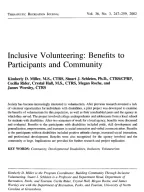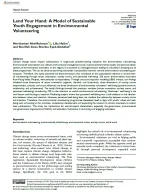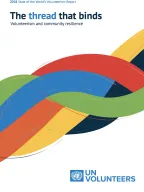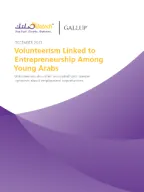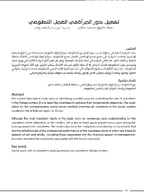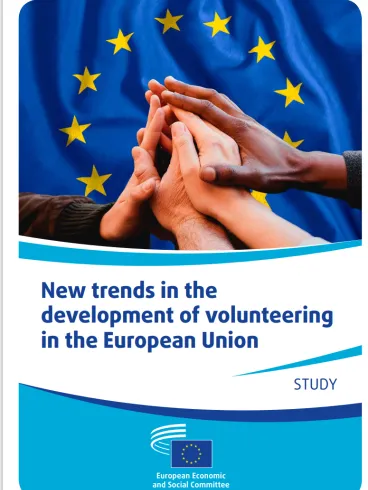
New trends in the development of volunteering in the European Union
Fast read
This publication outlines the results of a research project on changes within the field of volunteerism, volunteering and volunteer activities in the European Union.
Summary
-
The objective of the study is to create classifications of potential volunteers (supply) and potential volunteering opportunities (demand) to explain that particular combinations will lead to actual volunteering or volunteer activities. The number of potential volunteers can be explained at the macro level by institutional factors. The amount of potential volunteer opportunities can be explained by the volunteering infrastructure.
-
Potential volunteers, potential volunteer opportunities and the matching process are investigated by combining a theoretical and empirical perspective.
-
The theoretical part provides a theoretical framework to analyze volunteerism, volunteering and volunteer activities based upon academic literature.
-
The empirical part is based upon interviews and desk research and focusses on five countries: the Netherlands, Spain, Hungary, Croatia and Finland.
-
The results of this study provide a qualitative overview of the strengths, weaknesses, opportunities and threats (SWOT) that volunteering is facing in the EU. It further offers a theoretical analytical approach that can be used to inform volunteering policies.
-
The study presents the following conclusions: (i) a new volunteering infrastructure is being developed throughout Europe, based on two components: third-party involvement and spontaneous volunteering; (ii) the institutional factors that influence volunteer energy are difficult to influence and change. It will thus not be easy to change the current wide variations in volunteer rates in Europe; (iii) In terms of policy (by governments or other third parties), the general recommendation is to not invest in developing a general culture of volunteering, given the difficulty of changing national-level institutional factors, but rather to invest in the development of more third-party involvement and the creation of more examples of spontaneous, individual volunteering.













